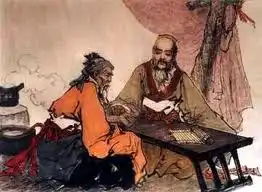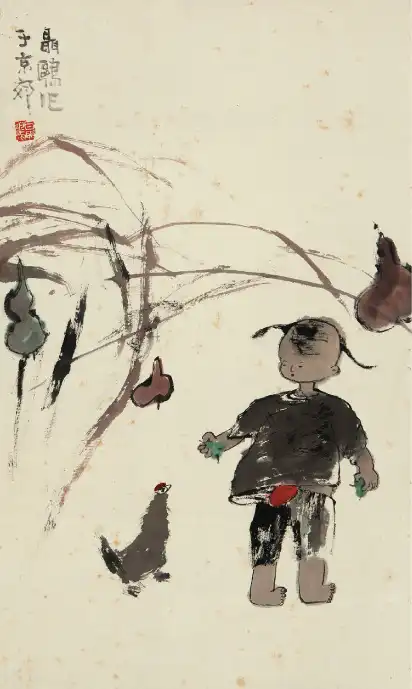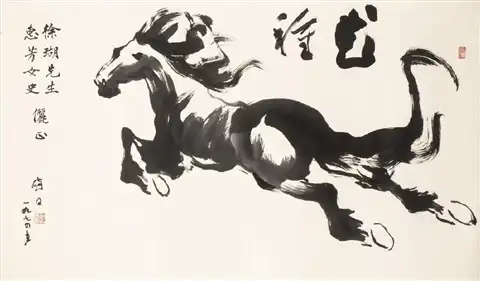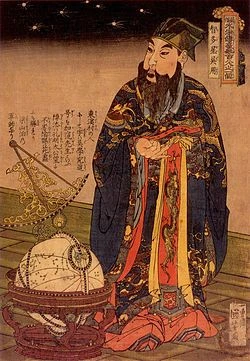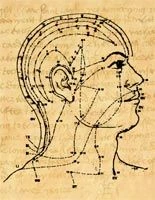Introduction to the disharmony
Major symptoms:
- chills
- runny nose with profuse clear mucus
- general muscle pain
- stiff neck
- headache
- small fever
In traditional Chinese medicine there are two stages that correspond to what we refer to "wind attack". They are termed “wind-cold” and “wind-heat”. The word “wind” is noticeably present in both.
Wind has highly penetrating property and invades the body through the shoulders, neck and back, but could also invade it through any unprotected (uncovered) surface. When the wind penetrates the body surface it "hides in the skin", causing symptoms like chills, stiff neck, general muscle pain, headache, fever. This stage is called “wind-cold” because the symptoms that manifest in this stage have “cold" quality – chills (sensation of feeling cold), pain (caused by the obstructive nature of cold), etc. The treatment principle in this stage is to "chase the wind out of the skin" which is achieved by inducing perspiration. It is said “When (the disease) is in the skin, sweating will bring it out.” (1)
Major Chinese herbs
Herbs with warm temperature and acrid property can promote perspiration and are used to treat “wind-cold”. Maybe the most famous one in this class of herbs is Ma Huang (Herba Ephedrae). The direct translation of Ma Huang is “yellow hemp” but there is a story, according to which Ma Huang has another name.
The story is about a Chinese herbalist who did not have children on his own therefore did not have anyone to transmit his knowledge to. So he decided to take a disciple. The disciple was a good student but a very impatient one. He was anxious to start his own practice and helpless to convince him that he was not ready to heal people on his own yet the herbalist had to let him go. On his way out the herbalist warned him that there is a plant that the student should be especially careful with because its leafs and roots have opposite effects: the leaves can promote perspiration while the roots can reduce perspiration.
Soon after the disciple started his own practice to him came a sick man who was perspiring profusely. The disciple prescribed the leaves of a plant to stop the perspiration but the sick person started sweating even more and got really sick. Apparently the disciple forgot about his mentor’s advice and gave the wrong part of this herb to his patient. Angry the father of the patient said to the disciple “In treating patients without much knowledge you are asking for trouble.” Since then the plant – Ma Huang – came to be known as “ask-for trouble” (3)
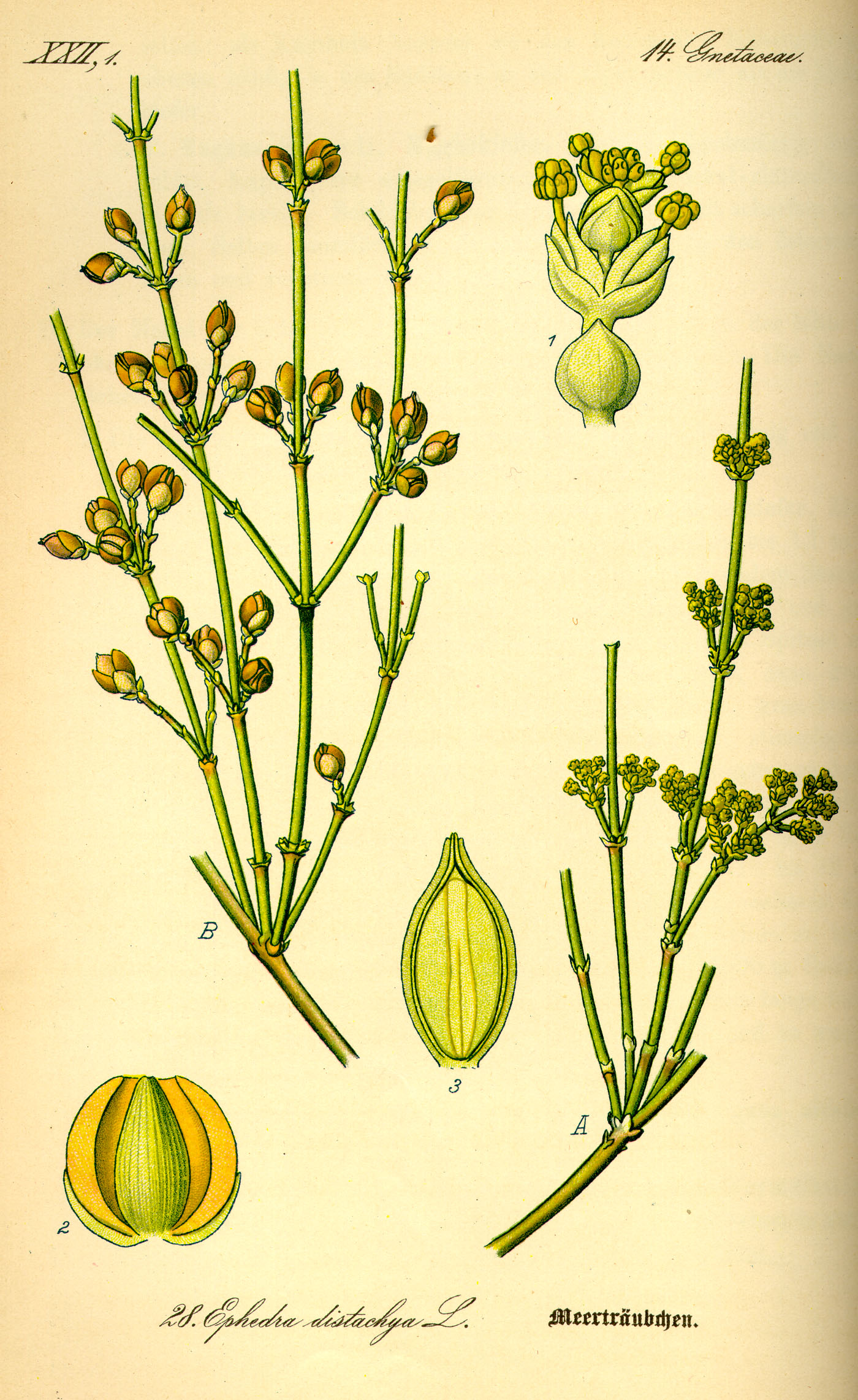
Ma Huang is warm, acrid and bitter herb that is very effective in opening the pores and expelling wind. It also promotes the movement of Lung Qi, which often gets blocked after “wind-attack” (the Lung is the uppermost organ in the torso that first “meets” the external pathogen). (1) Ma Huang is also a diuretic that reduces edema. The herb is slightly toxic, and should be taken with caution.
Gui Zhi (Ramulus Cinnamomi Cassiae) is cinnamon twig. It’s moving property facilitates the flow of Yang - the body’s warming principle, and the blood, and unblocks the channels. It is mostly used in the cases when the sweating was not helpful to expel the wind from the skin and the wind proceeded invading the body, entering the muscle layer. Symptoms for this next level of “wind-cold” are profuse sweating, fever, body pain. The major distinction in the usage of Ma Huang and Gui Zhi is that the former is used when there is no sweating and sweating needs to be induced, while in the latter is used when there is sweating and the pathogen has evolved.
Some other major Chinese herbs for the treatment of wind-cold are Fang Feng (Radix Ledebouriella) – the “guard against wind” herb; Jing Jie (Herba seu Flos Schizonepetae Tenuifoliae), which also has the property to vent rashes; Qiang Huo (Rhizoma et Radix Notopterygii) – an herb good for back pain in the first stage of wind attack; Gao Ben (Rhizoma et Radix Ligustici) – an herb that benefits headache in this stage; Xin Yin Hua (Flos Magnoliae) – also used for any nasal and sinus condition. (1)
Healing foods
Hot and spicy foods promote perspiration and are appropriate in treating “wind-cold”. The warm temperature of these foods generally warms up the body and dispels cold, while the acrid/spicy property expels the wind from the skin by inducing sweating.
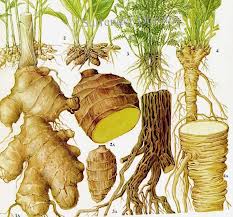
To unlock the rest of this article select "Yes, I want to learn!" below.
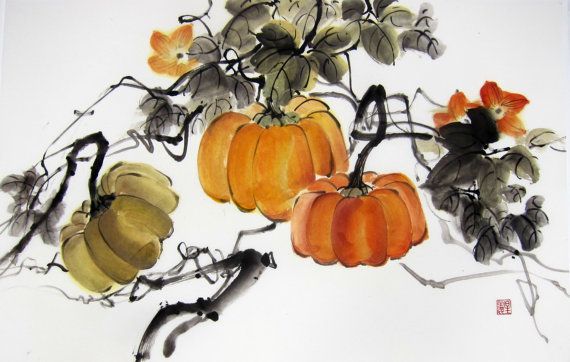
Food therapy is the most economical and non-toxic biochemical approach to health and disease. Food is something we continuously use to sustain our lives. Learning what foods are healing (and what disruptive) for each condition has the potential to convert every meal into a form of therapy.
YS
(1) Benski, Dan & Gamble, Andrew (1993). Materia Medica, Revised Edition. Seatle: Eastland Press, Incorporated
(2) Pitchford, Paul (2002). Healing with Whole Foods. Berkeley: North Atlantic Books
(3) Lu, Henry (2005). Chinese Natural Cures. New York: Black Dog & Leventhal Publishers, Inc.
(4) Holmes, Peter (1998). The Energetics of Western Herbs. Boulder: Snow Lotus Press, Inc.
Related Articles:
How the Climatic Factor Wind Affects Health
Herbs That Dispel Wind - Dampness
Note: This site and its services are to consumer educational use only. Nothing contained in this site is or should be considered, or used as a substitute for medical advice, diagnosis or treatment. We advise users to always seek the advice of a physician or other qualified professional with any questions regarding personal health and medical condition. Please read our Disclaimer

